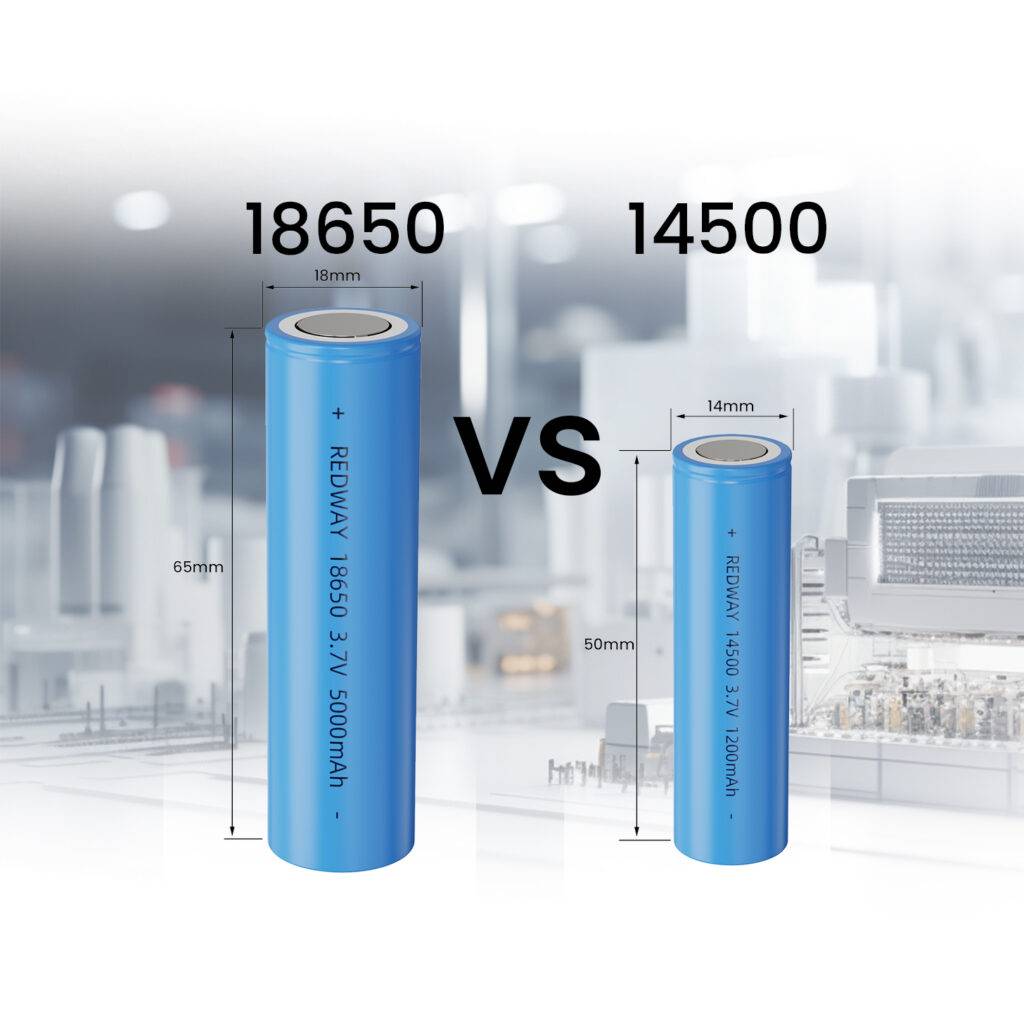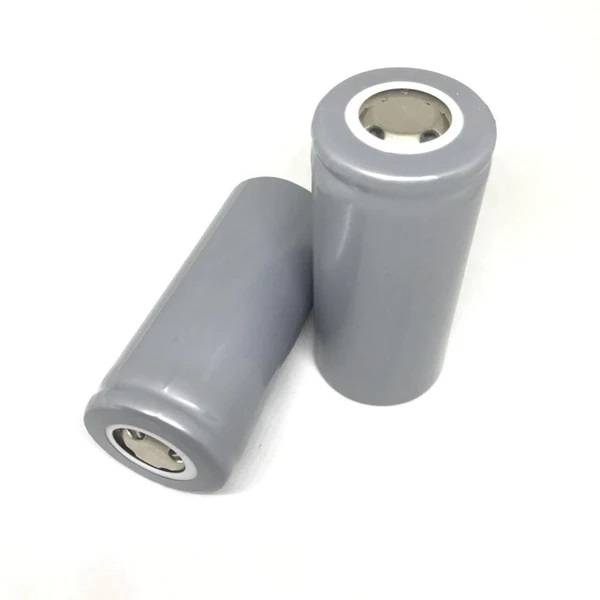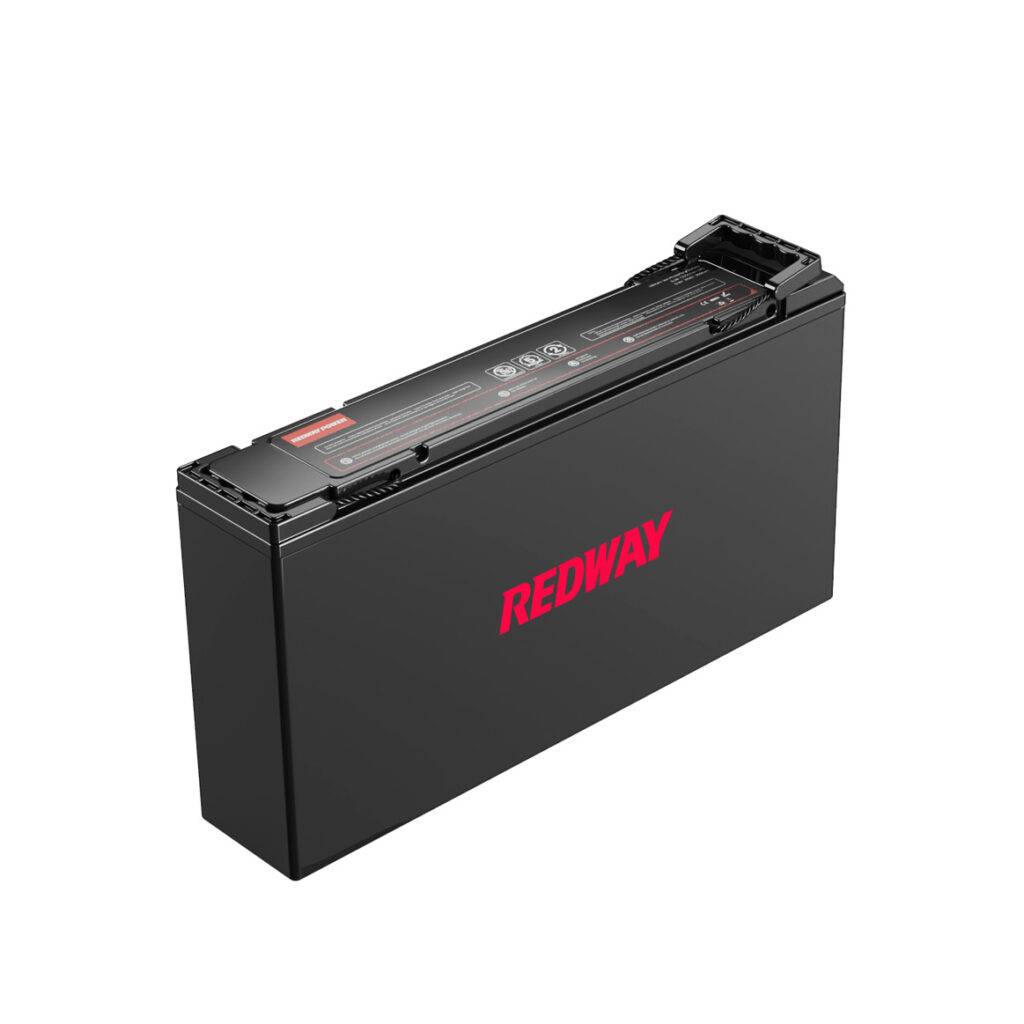In today’s world, efficiently powering our devices and vehicles is crucial. LiFePO4 batteries, known for their outstanding performance and safety features, have become a popular choice. This blog post will provide essential charging guidelines, help you choose the right charger, and offer step-by-step instructions to maximize the potential of your LiFePO4 battery. Let’s explore the key aspects of charging to unleash the full power of these batteries!
Charging Guidelines for LiFePO4 Batteries
To make the most of LiFePO4 batteries, understanding the correct charging guidelines is crucial. Let’s explore the key factors for optimal charging and performance:
-
Optimal Temperature Range: Charge LiFePO4 batteries within the recommended temperature range of 0°C to 45°C (32°F – 113°F). Charging outside this range may lead to reduced battery life or damage.
-
Recommended Charge Rate: Use the recommended charge rate, typically ranging from 0.5C to 1C. This means the charging current should be half or equal to the battery capacity in ampere-hours. Avoid exceeding the manufacturer’s recommendations to prevent overheating.
- However, the li-ion battery charger on the market will reduce the charging current of the charger according to the market sales cost (about 1/8 or 1/10 of 1C), so that the cost performance will improve and thus have a strong market price competitiveness. For example: 100Ah capacity lithium battery, it can accept the maximum 100A charging current (1 hour full), but if the charger uses 100A charging current to design, the price of the charger will be very expensive, thus losing the market competitiveness, Usually, charger manufacturers will design the matching charger to 10A charging current according to the 100Ah capacity of lithium batteries, That is, 1/10 of 1C(100A) (10 hours full), such a charging time and charger price is acceptable to most consumers (cost performance).
By following these guidelines, you’ll ensure the longevity and reliability of your LiFePO4 batteries, ultimately saving you money in the long term!

A. Optimal Temperature Range
To unlock the full potential of LiFePO4 batteries, understanding the optimal charging temperature is key. Here’s a concise guide to help you maximize performance and lifespan:
-
Optimal Temperature Range: Charge LiFePO4 batteries between 0°C (32°F) and 45°C (113°F) for the best results. Charging below freezing can cause irreversible damage, while high temperatures may reduce capacity and shorten lifespan.
-
Thermal Stability: Despite excellent thermal stability, extreme temperatures can impact internal resistance, affecting charging efficiency. Aim for moderate ambient temperatures during the charging process to maintain optimal battery health.
By adhering to these temperature considerations, you’ll ensure that your LiFePO4 batteries deliver peak performance and have a longer, reliable service life. Stay mindful of environmental conditions for effective charging!
B. Recommended Charge Rate
To charge LiFePO4 batteries effectively, understanding the recommended charge rate is crucial. Here’s a concise guide to ensure you provide optimal power without compromising battery health:
-
Ideal Charge Rate: Charge LiFePO4 batteries at a maximum current of 0.5C, where C is the battery capacity in amp-hours (Ah). For instance, a 100Ah battery should be charged at a recommended maximum current of 50A.
-
Benefits of Moderate Charging: Opting for a slower charge rate, between 0.2C and 0.5C, can enhance overall battery lifespan and performance. This approach reduces stress on individual cells, promoting balanced charging and stability.
-
Finding the Right Balance: Striking a balance is crucial. Charging too slowly, below 0.1C, may extend recharge times excessively. Aim for a moderate charge rate to ensure efficient and timely recharging without compromising longevity or safety.
By adhering to these recommendations and consulting manufacturer guidelines, you’ll maintain the health of your LiFePO4 batteries and optimize their performance for the long run!
Choosing the Right Charger for LiFePO4 Batteries
Choosing the right charger is vital for efficient and safe charging of LiFePO4 batteries. Here’s a concise guide to help you make the right choice:
-
Voltage and Capacity Compatibility: Ensure the charger is compatible with the LiFePO4 battery’s nominal voltage of 3.2 volts per cell. Check the charger’s maximum charge current to match the capacity of your batteries without overloading them.
-
Multi-Stage Charging: Prefer multi-stage chargers for precise control over the charging process. These chargers, with stages like bulk charging, absorption charging, and float charging, optimize battery performance and extend lifespan.
-
Safety Features: Check for built-in safety features like overvoltage protection and temperature monitoring in the charger. These features enhance safety during the charging process and protect against potential risks.
By considering these factors, you’ll choose a charger that aligns with your LiFePO4 batteries’ requirements, ensuring effective charging and maximizing their overall longevity.

A. Compatibility with Voltage and Capacity
Ensuring the compatibility of your charger with the voltage and capacity of LiFePO4 batteries is crucial for safe and efficient charging. Here’s a brief guide to help you understand:
-
Voltage Compatibility: LiFePO4 batteries have a nominal voltage of 3.2 volts per cell. Choosing a charger within this voltage range is vital to prevent overcharging or undercharging, which can harm battery performance and longevity.
-
Capacity Compatibility: Consider the capacity of your LiFePO4 battery, measured in ampere-hours (Ah). Select a charger capable of handling your battery’s specific capacity to avoid prolonged charging times or potential failure.
-
Check Specifications: Always refer to the specifications provided by both your LiFePO4 battery manufacturer and potential chargers. This ensures you choose a compatible charger, promoting efficient charging and extending battery lifespan.
By focusing on voltage and capacity compatibility, you’ll make informed choices that enhance the charging process and contribute to the long-term health of your LiFePO4 batteries!
B. Multi-Stage vs Single-Stage Chargers
Choosing between multi-stage and single-stage chargers for LiFePO4 batteries involves understanding their differences. Here’s a simplified breakdown:
-
Multi-Stage Chargers (Smart Chargers):
- Efficient and Precise: Provide multiple stages like bulk, absorption, and float maintenance for optimized charging.
- Lifespan Extension: Adjust charging voltage based on battery status, preventing overcharging or undercharging and enhancing battery lifespan.
-
Single-Stage Chargers:
- Straightforward Approach: Deliver a constant current until a voltage threshold is reached, then switch to trickle charge mode.
- Simplicity and Cost: Simpler design and usually more budget-friendly, but lacks advanced features of multi-stage chargers.
Conclusion:
- Pros and Cons: Both types have merits and drawbacks.
- Assess Specific Needs: Consider factors like budget, desired control, and optimization for your application.
- Manufacturer Guidelines: Always follow recommended charging procedures to maximize LiFePO4 battery performance and lifespan.

Step-by-Step Guide on How to Charge LiFePO4 Batteries
Step-by-Step Guide on How to Charge LiFePO4 Batteries:
-
Check the Battery Voltage:
- Ensure the LiFePO4 battery voltage is within the acceptable range, typically around 3.2 volts per cell.
-
Choose the Right Charger:
- Select a charger specifically designed for LiFePO4 batteries with features like overcharge protection.
-
Connect the Charger:
- Attach the charger’s positive terminal (+) to the battery’s positive terminal (+), and do the same for the negative terminals (-).
-
Set Charging Parameters:
- If applicable, manually set parameters like charge rate and cutoff voltage following the battery manufacturer’s recommendations.
-
Start Charging:
- Turn on the charger or press the “Start” button to initiate the charging process.
-
Monitor Progress:
- Regularly check the charger and battery for any unusual behavior or signs of overheating during the charging process.
-
Disconnect when Fully Charged:
- Disconnect the LiFePO4 battery promptly when it reaches full capacity (around 95-100%) to prevent overcharging.
Always refer to the specific product manual or seek expert advice for accurate guidance on charging your LiFePO4 batteries.
Common Mistakes to Avoid When Charging LiFe
While charging LiFePO4 batteries may seem straightforward, avoiding common mistakes is crucial for optimal performance and battery longevity. Here are key things to keep in mind:
-
Overcharging:
- Avoid exceeding the voltage range of LiFePO4 batteries. Use a charger designed for LiFePO4 with built-in safeguards against overcharging.
-
Undercharging:
- Charge LiFePO4 batteries fully before use to prevent imbalances between cells. Partial charging can negatively impact battery health.
-
Incorrect Charge Rate:
- Follow recommended charge rates to prevent excessive heat generation. High rates stress the battery, while extremely low rates may lead to inefficient charging.
-
Incompatible Chargers:
- Use chargers specifically designed for LiFePO4 chemistry to ensure proper voltage levels and charge algorithms, preventing damage.
-
Ignoring Temperature Guidelines:
- Avoid exposing LiFePO4 batteries to extreme temperatures, as this can cause irreversible damage. Follow recommended temperature ranges for charging.
By addressing these common mistakes and adhering to proper charging guidelines, you can maximize the lifespan and performance of your LiFePO4 batteries.
PARALLEL CHARGING OF LIFEPO4
Ensuring voltage alignment is crucial for LiFePO4 batteries used in parallel. Confirm each battery is within 0.1V before parallel usage. Charge 12V batteries at 14V – 14.2V, 24V batteries at 28V – 28.4V, 36V batteries at 42V – 42.6V, and 48V batteries at 56V – 56.8V.
| System Voltage | Charging parameters |
| 12V | 14V – 14.2V |
| 24V | 28V – 28.4V |
| 36V | 42V – 42.6V |
| 48V | 56V – 56.8V |
Both CC and CC-CV charging profiles share these parameters. If the charger has lower voltage, it won’t damage the battery but undercharges, reducing capacity. Exceeding listed voltages may lead to BMS disconnect; replace the charger with a high-quality one to avoid inconvenience.
LiFePO4 Batteries Charging In Series
Ensuring balance within 50mV is crucial for batteries in series to prevent imbalances. Any battery exceeding 50mV should be individually charged for rebalancing. For series charging of LiFePO4 batteries, use a multi-bank charger or specific 24V/48V LiFePO4 chargers. Redway Power, a B2B battery supplier, stands out with its advanced factory and commitment to delivering high-quality, competitively priced products for OEM/ODM projects.
LiFePO4 Charging With An Inverter/charger Or Charge Controller
For the purpose of charging LiFePO4 batteries, the following are the key inputs of an inverter/charger or charge controller. For assistance with inverter/charger parameters, please contact Redway Power technical support. Neither equalizing nor temperature compensation for voltage is required with LiFePO4 batteries when charged at hot or cold temperatures.
| PARAMETER | 12V SYSTEM | 24V SYSTEM | 36V SYSTEM | 48V SYSTEM |
| Bulk Voltage | 14V – 14.6V | 28V – 29.2V | 42V – 43.8V | 56V – 58.4V |
| Absorption Voltage | 14V – 14.6V | 28V – 29.2V | 42V – 43.8V | 56V – 58.4V |
| Absorption Time | 0- 6 min | 0- 6 min | 0- 6 min | 0- 6 min |
| Float Voltage | 13.8V ± 0.2V | 27.6V ± 0.2V | 41.4V ± 0.2V | 55.2V ± 0.2V |
| Low Voltage Cutoff | 11V | 22V | 33V | 44V |
| High Voltage Cutoff | 14.6 | 29.2V | 43.8V | 58.4V |









